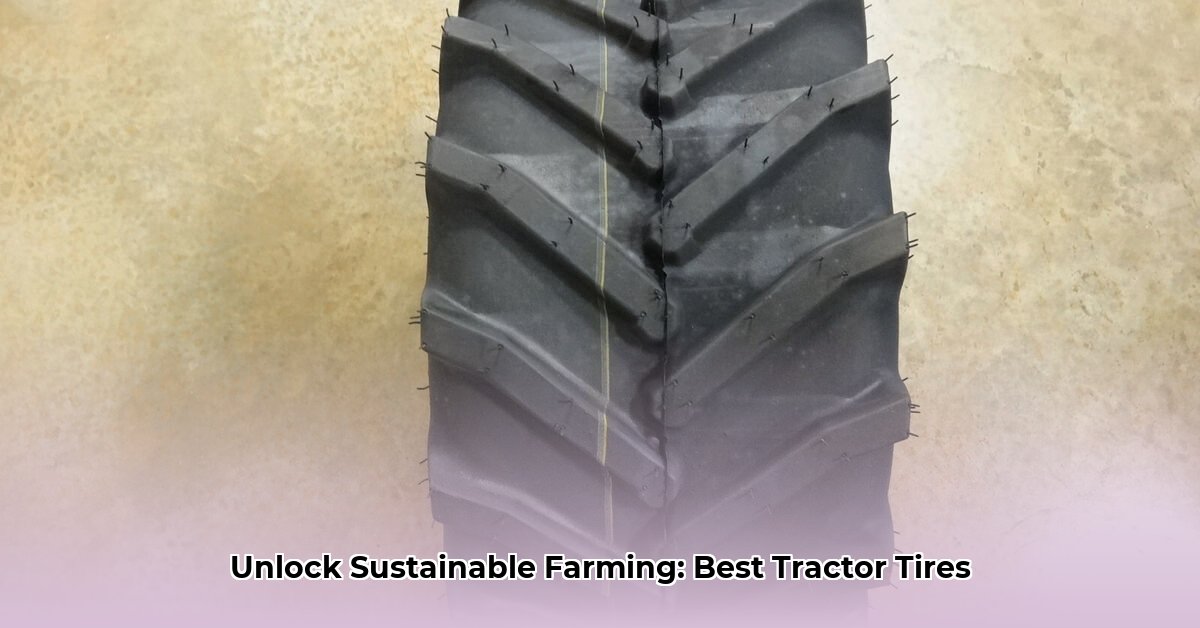
Finding the right tires for your farm equipment is crucial for both operational efficiency and environmental responsibility. This guide focuses on 26x12x12 tires, a common size readily available at Tractor Supply, and their role in sustainable agriculture. For more information on tire pricing, check out this helpful resource: tractor tire prices. While comprehensive sustainability data for specific tire models remains limited, we offer actionable advice to help you make informed decisions.
Understanding 26x12x12 Tires in Sustainable Agriculture
26x12x12 tires are ideal for smaller agricultural machinery like zero-turn mowers and compact tractors. Their size allows for excellent maneuverability in tight spaces, a key advantage for efficient and precise farming practices. However, the environmental impact of these tires, from manufacturing to disposal, needs careful consideration within the broader context of sustainable agriculture. This includes factors like fuel efficiency, tire lifespan, and responsible end-of-life management.
Tire Specifications and Use Cases: The Hi-Run WD1144 as an Example
The Hi-Run WD1144 is a common 26x12x12 tire available at Tractor Supply. While detailed sustainability data for this specific model is currently unavailable, its application across various agricultural settings highlights the importance of thoughtful tire selection. These tires are typically used on zero-turn mowers for maintaining fields and pastures, on small tractors for tilling and other fieldwork, and on various utility vehicles for transporting supplies or personnel. How does the tread pattern affect traction and lifespan in different soil conditions? Further research is needed to fully understand these relationships.
Sustainability Considerations: The Environmental Footprint of Agricultural Tires
Sustainable farming demands consideration of a tire's entire life cycle. Tire production consumes energy and resources; tire use impacts fuel efficiency (under-inflated tires increase rolling resistance, leading to higher fuel consumption). Finally, disposal poses environmental concerns if not managed responsibly. While the detailed sustainability profile of the Hi-Run WD1144 and similar 26x12x12 tires remains incomplete, we know that responsible practices across all stages are vital. What are the most impactful areas for improvement in agricultural tire sustainability, from manufacturing to disposal? This research question is crucial for future development.
Actionable Recommendations for Sustainable Tire Use
Given the limitations in readily available data, we can still make substantial progress towards sustainable tire management. The following recommendations target key stakeholders:
1. For Equipment Manufacturers:
a. Invest in research and development of tires using sustainable materials, such as bio-based rubber or recycled content. b. Prioritize durable designs to extend tire lifespans and reduce the need for frequent replacements. c. Conduct comprehensive lifecycle assessments to identify and address environmental impacts at all stages of a tire's life.
2. For Farmers:
a. Maintain proper tire inflation to optimize fuel efficiency and reduce wear, extending tire life. b. Dispose of used tires responsibly through established recycling programs or approved disposal methods. c. Prioritize purchasing tires with robust tread life and durable construction for long-term cost savings and reduced environmental impact.
3. For Policy Makers:
a. Implement policies that incentivize the use of sustainable tires through tax credits or subsidies. b. Increase funding for research into sustainable tire technologies and responsible disposal strategies. c. Develop and enforce regulations to ensure the responsible disposal of agricultural tires, preventing environmental contamination.
Future Research Needs: Filling the Data Gaps
The lack of comprehensive data on the sustainability of 26x12x12 tires, including the Hi-Run WD1144, highlights the need for further research. This crucial research should focus on:
- Detailed material composition analysis: Understanding the precise materials used allows for a more accurate assessment of environmental impact.
- Comprehensive lifecycle assessments (LCAs): LCAs will help quantify the environmental burden of each stage, from manufacturing to disposal.
- Comparative studies: Comparing different tire models will reveal best practices and highlight opportunities for improvement.
Conclusion: A Path Towards Sustainable Agricultural Practices
While detailed sustainability data on specific 26x12x12 tires is currently limited, responsible practices are paramount. By focusing on tire longevity, responsible disposal, and advocating for better data, we can significantly reduce the environmental footprint of agricultural operations. Collaboration across manufacturers, farmers, and policymakers will pave the way towards a more sustainable future for agriculture.